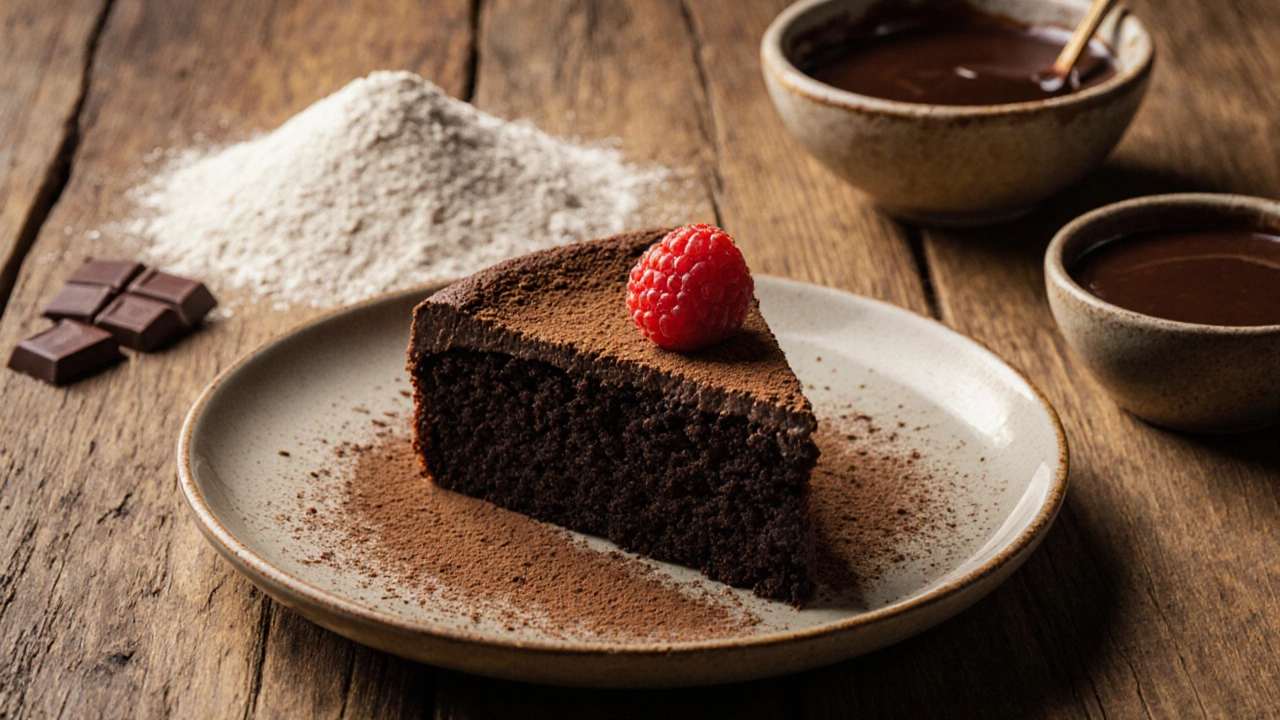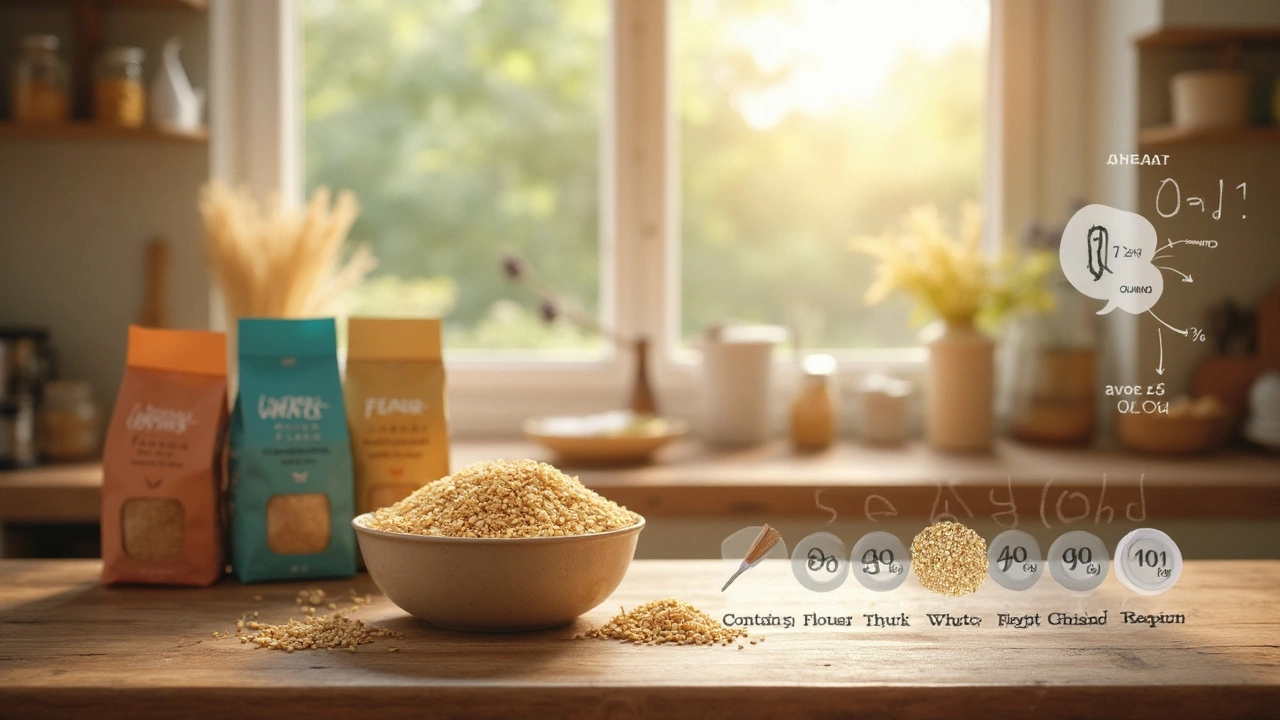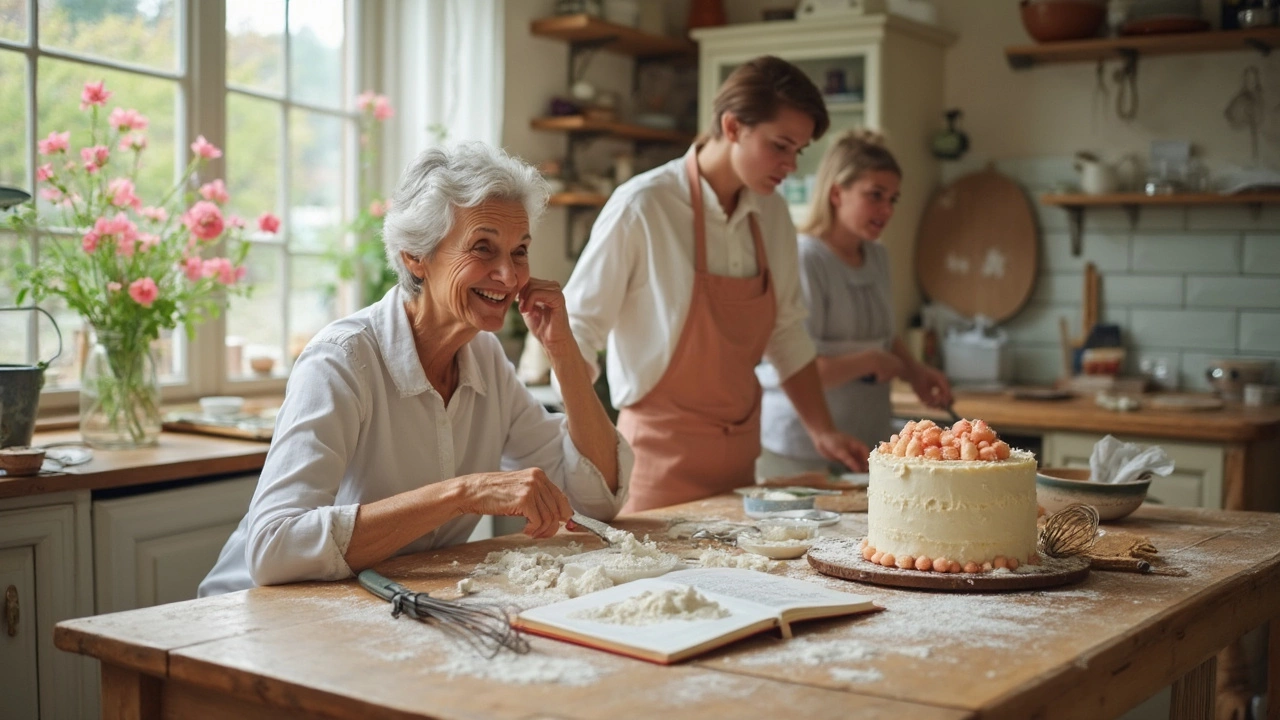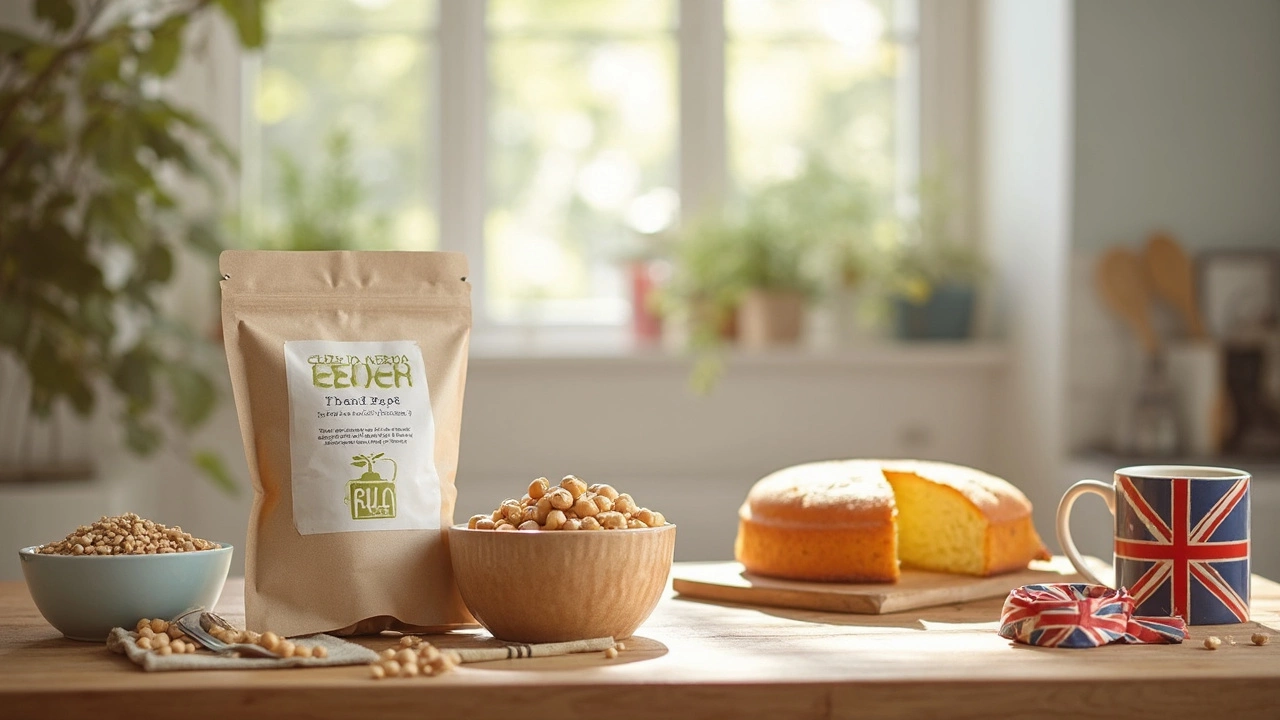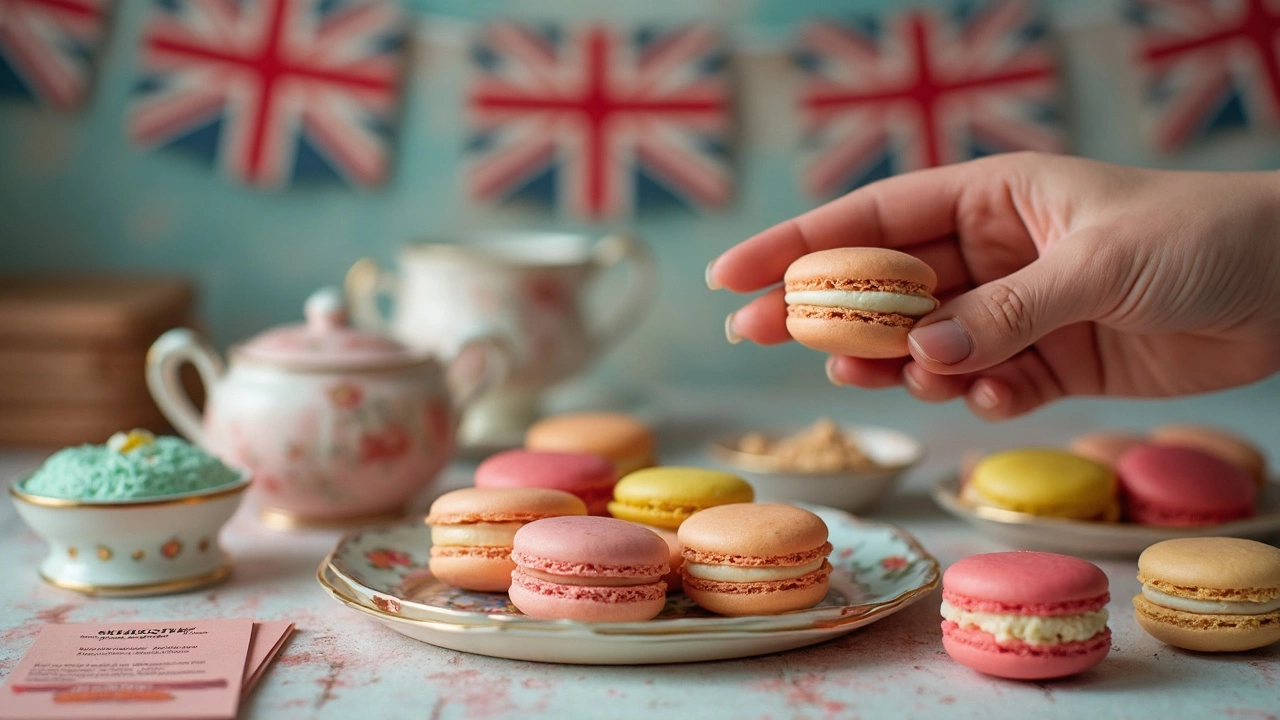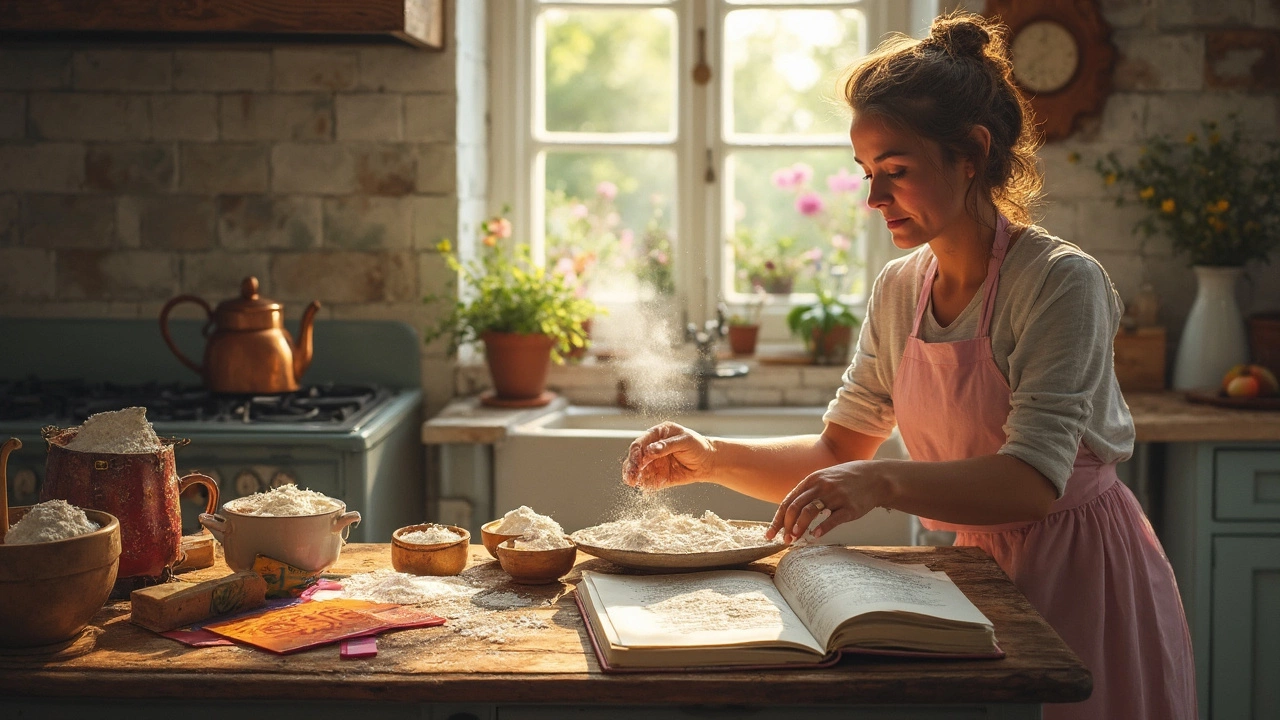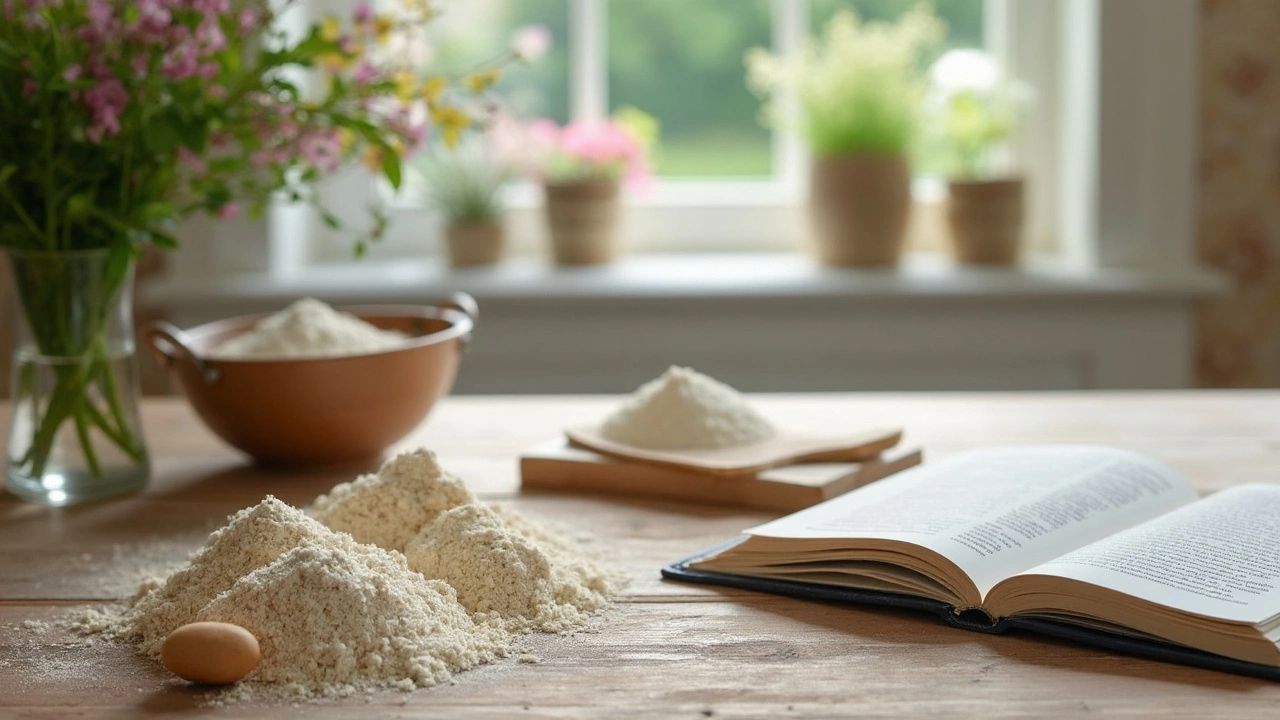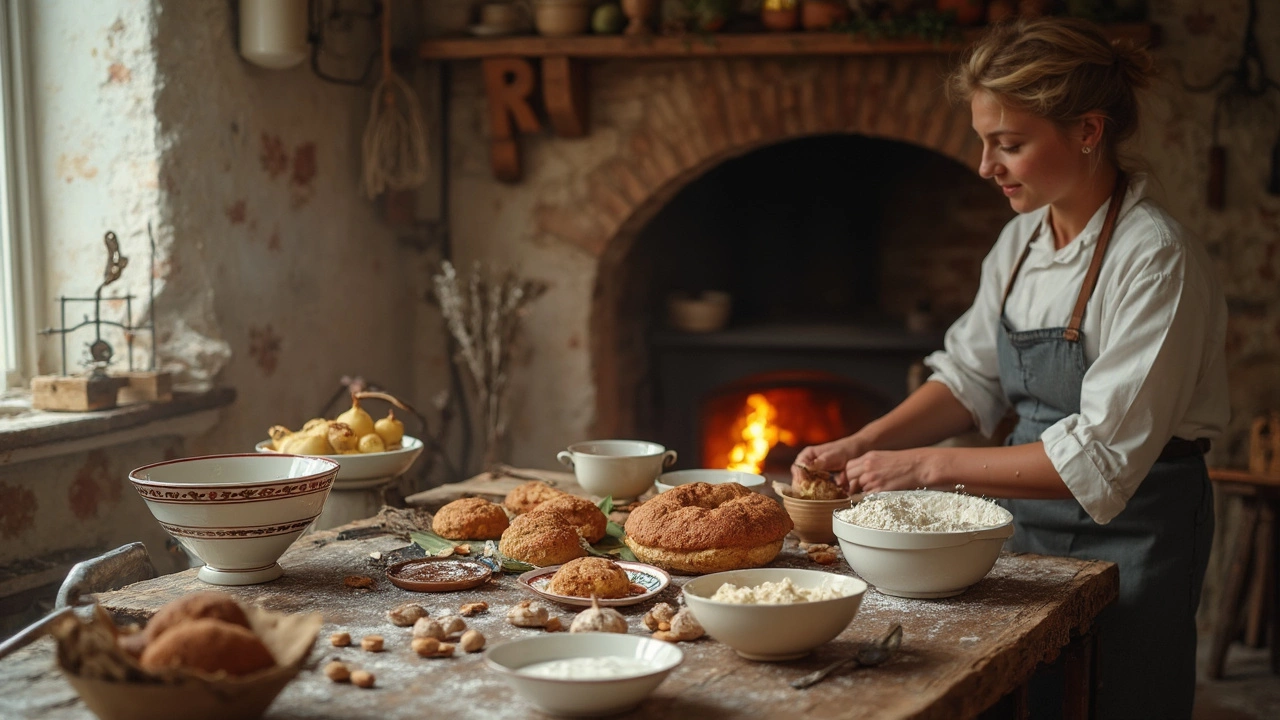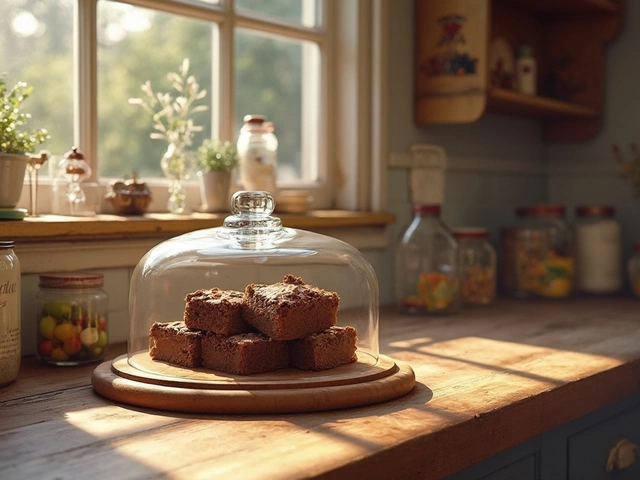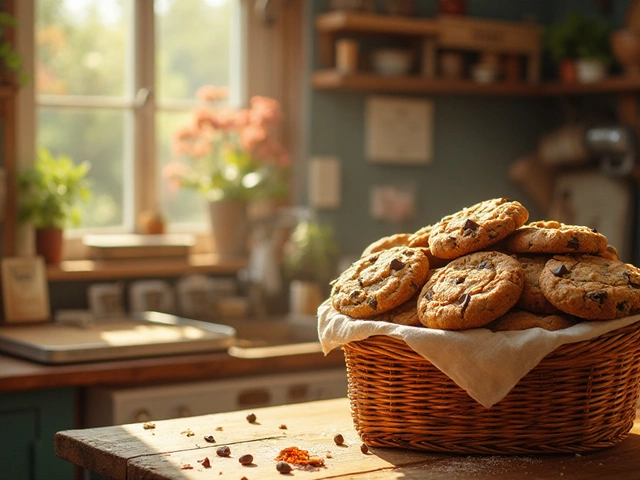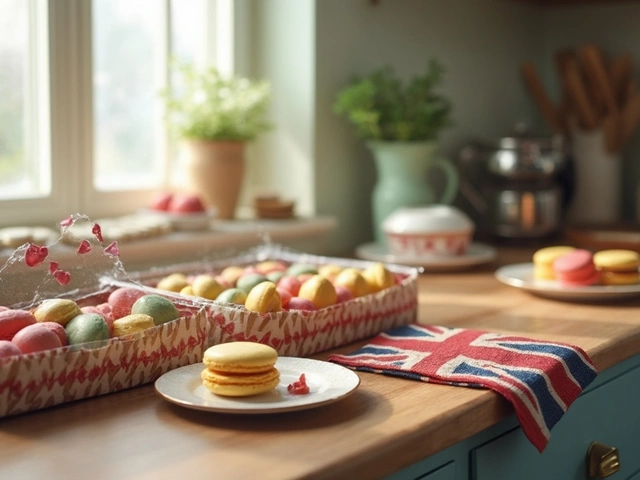Gluten‑Free Cakes: Simple Tips for Moist, Tasty Results
If you’ve tried a gluten‑free cake that turned out dry or crumbly, you’re not alone. The missing gluten changes how batter holds together, but a few smart swaps can fix that fast. Below you’ll find the basic tools, go‑to flour blends, and practical tricks that work for any cake flavor.
Build a Reliable Flour Mix
The heart of a gluten‑free cake is the flour blend. A good mix usually has a starch, a protein‑rich flour, and a binder. Try a 1:1:1 ratio of rice flour, almond flour, and tapioca starch, then add ½ teaspoon of xanthan gum per cup of dry mix. This combo gives structure without making the crumb gritty.
If you prefer a store‑bought option, look for blends labeled “gluten‑free all‑purpose.” They already contain a binder, so you can skip the xanthan gum. Just check the ingredient list for any hidden wheat or malt.
Moisture Matters More Than You Think
Gluten‑free batters dry out quicker, so boost the wet side. Replace part of the regular liquid with dairy‑free milk, yogurt, or even fruit puree. A quarter cup of applesauce or mashed banana adds both moisture and natural sweetness.
Eggs are another moisture hero. If you’re vegan, swap two eggs for a mix of 1 tablespoon chia seeds plus 3 tablespoons water (let it sit 5 minutes). This gel mimics the binding power of eggs and keeps the crumb tender.
Don’t over‑mix the batter. Stir just until the flour disappears. Over‑mixing can develop a gummy texture that’s hard to fix.
Finally, give the cake a short “rest” in the pan before baking. Let it sit 10 minutes; this lets the flours absorb the liquids evenly, reducing the risk of dry spots.
With these basics, you can tackle classic flavors like vanilla, chocolate, or lemon without fearing a flop. A simple vanilla gluten‑free cake might look like this:
- 1½ cups gluten‑free flour blend
- ½ tsp xanthan gum (if blend lacks it)
- ¾ cup sugar
- ½ cup butter, softened
- 3 large eggs
- ½ cup milk (dairy or almond)
- 1 tsp vanilla extract
- ¼ tsp salt
Mix dry ingredients, cream butter and sugar, add eggs, then blend in liquids. Bake at 350°F (175°C) for 25‑30 minutes. The result? A soft, buttery crumb that anyone can enjoy, gluten‑free or not.
Want to go fancy? Add a swirl of gluten‑free raspberry jam or a drizzle of melted chocolate after the cake cools. Decorating works the same way as on regular cakes – buttercream, fondant, or fresh fruit all stay safe as long as you keep the ingredients gluten‑free.
Storing your cake right keeps it fresh longer. Wrap the cooled layers in plastic wrap, then slide them into an airtight container. A slice stays moist for up to three days; freeze extra layers for up to two months.
Remember, the key is to experiment with the flour blend and moisture sources until you find your favorite combo. The more you bake, the quicker you’ll spot what works for your kitchen.
Ready to try? Grab a gluten‑free flour mix, follow the simple steps above, and enjoy a cake that proves gluten‑free doesn’t mean flavor‑free.
